Our reporter dishes on the differences between sushi from Ginza Kyubey and Sushiro【Taste test】
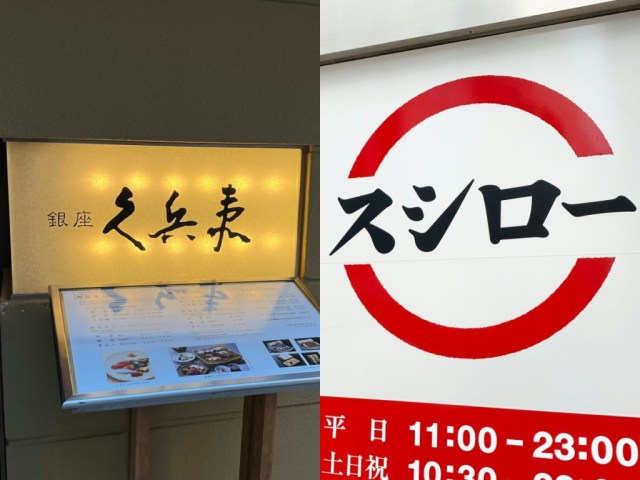
Yuuichiro explores the similarities and dissimilarities of sushi from an upscale restaurant in Tokyo and an inexpensive conveyor belt sushi chain.
If you’ve got a sudden craving for sushi while in Japan, there are a couple of different routes you could take. On the one hand, well-established restaurants such as Ginza Kyubey’s main restaurant are perfect for swanky sushi celebrations. On the other hand, more casual places like conveyor belt sushi chain Sushiro are just the thing for casual occasions and won’t leave as big of a dent in your wallet.
▼ Takeout sushi from Sushiro
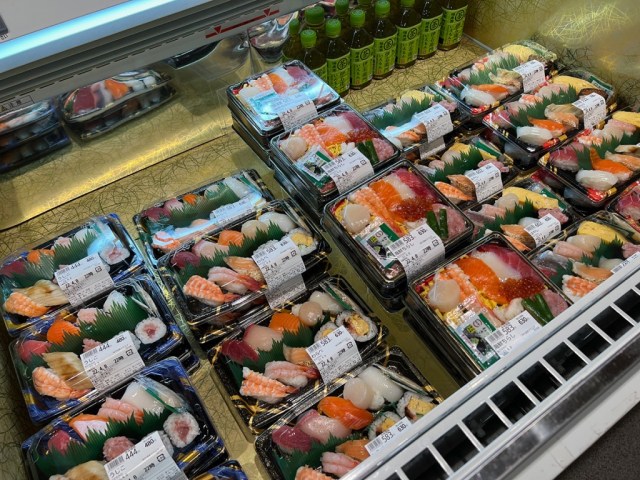
However, not all Japanese sushi fans have even had the chance to dine at some of the higher-end establishments out there–including some of our Japanese team of reporters. This seemed like the perfect opportunity to try a little taste-test experiment of sorts, so we called in our Japanese-language correspondent and comparison expert Yuuichiro Wasai. How good is Yuuichiro at this kind of thing? Let’s just say that when you need something counted, you call the Count. When you need to get rid of ghosts, you call the Ghostbusters. When you need to compare two food things, who you gonna call? Yuuichiro.
▼ Yuuichiro even attended a Rare Fish Festival a couple of years ago.

Yuichiro himself had never dined at Ginza Kyubey but he often frequents Sushiro. He had the feeling that people who only dine at one end of the sushi spectrum were completely unaware of the others’ sushi-eating experience. Would sushi from these two different worlds taste remotely similar?
It was time to put the sushi to the test with a side-by-side taste comparison. He elected to order takeout from both restaurants for consistency.
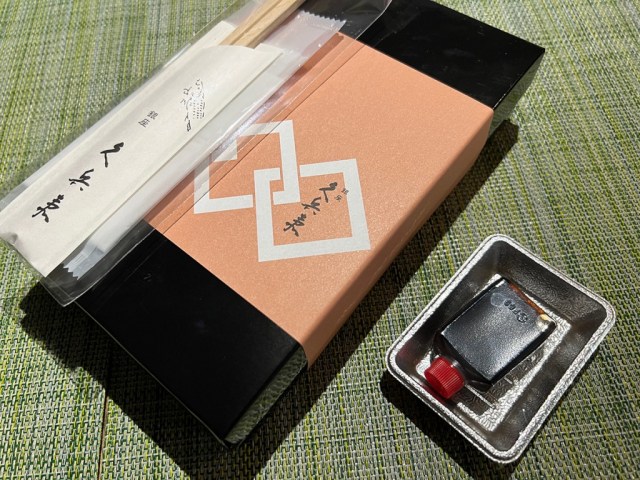
After procuring his seafood feast, the first immediately noticeable difference between the two orders were their price tags. Ginza Kyubey’s order of ten pieces of nigiri sushi was staggeringly more expensive at 8,100 yen (US$63), compared to Sushiro’s ten-piece “hayashi” order for 650 yen.
▼ The bags themselves also gave off completely different vibes.
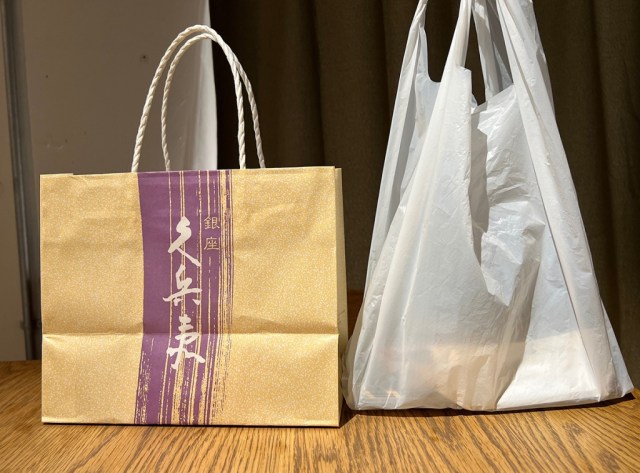
Yuuichiro continued his comparison of the two by focusing on visuals next. A simple glance showed that Ginza Kyubey’s sushi looked somewhat more refined. He struggled when trying to pinpoint the exact reason for why that might be–maybe it had something to do with the dish, the colors of the various sushi toppings, or the balance between the toppings and the vinegared rice on the bottom.
▼ Ginza Kyubey’s sushi is on the left and Sushiro’s sushi is on the right in all subsequent comparison photos.
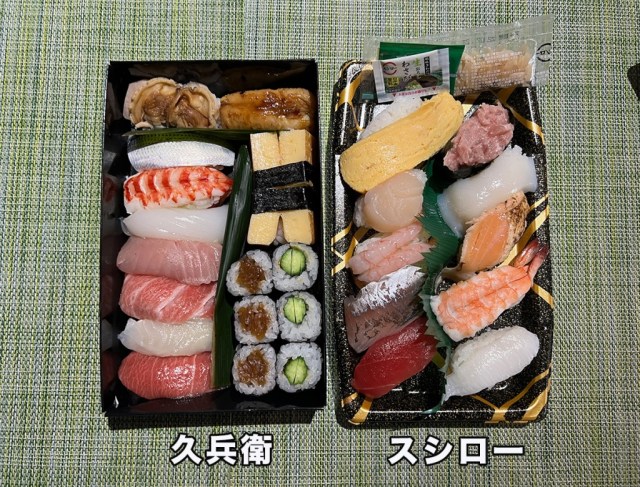
If he had to give an explanation in just a few words, it would be something like this: “Ginza Kyubey’s sushi was unmistakably the proud product of true craftsmen.” Words were still failing him, so maybe it was time to start digging in, beginning with the squid-topped pieces from each order.
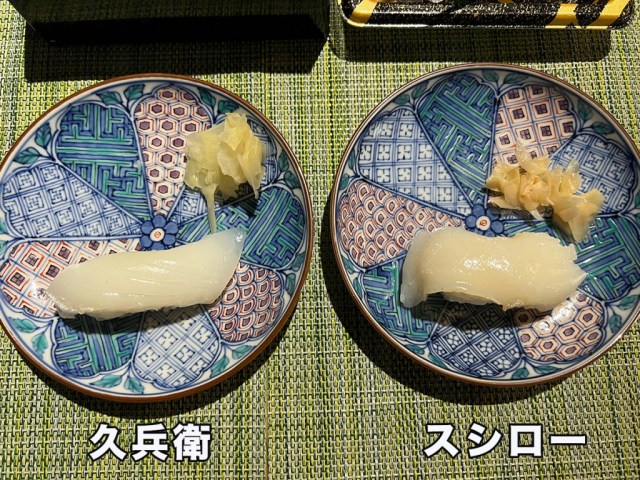
There wasn’t much to distinguish the two pieces visually except for slightly different scoring patterns and colors. The pieces were about the same size and thickness.
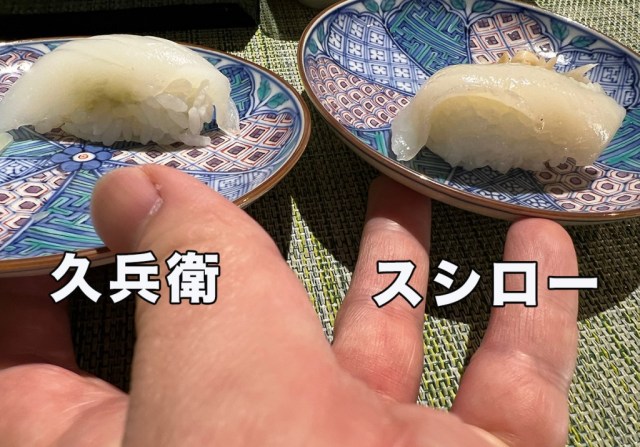
At this point, Yuuichiro became curious about what it looked like under the topping and on top of the rice. It seemed like a bit of a crime to pull the squid away from the rice, but this was all in the name of investigative journalism, after all…
Sushiro’s piece was up first. It only took a second to peel the squid up, up, and away.

In contrast, the squid on Ginza Kyubey’s piece refused to peel off easily at all.
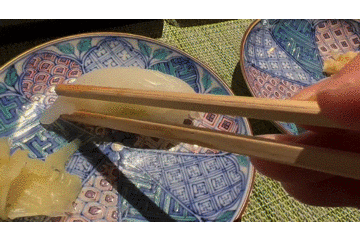
That was the biggest difference between them so far. From the depths of his mind, he also swore that he could hear a little squid-like voice yelling, “Knock it off, you uncultured swine–it’s not worth it, even for the sake of your article!” The voice was convincing enough that he decided to stop studying the anatomy of the sushi and start comparing its taste. Yuuichiro can summarize his findings based on two common points that were noticeably different between the two restaurants: the temperature and the shape of the vinegared rice.

First, Sushiro’s sushi was cold while Ginza Kyubey’s was room temperature. To be more precise, it may not have been exactly room temperature, but there was zero sense of coldness. Because of this point it felt like Ginza Kyubey’s sushi was practically dancing around inside of his mouth.

People usually have a fear of takeout going bad and wanting to chill it, but the Ginza Kyubey chefs must hold some sort of specialized knowledge to prevent this from being a concern. The temperature wasn’t alarming for Yuuichiro at all. In fact, he could confidently say that this was the best order of takeout sushi he had ever eaten.
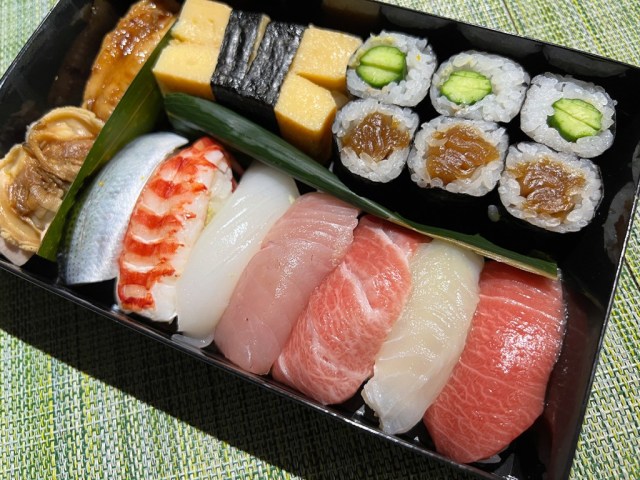
The second point of difference was related to the shape of the vinegared rice bottoms. Maybe it had some connection to the temperature, but each individual grain of rice in Ginza Kyubey’s order was well defined, resulting in slightly different shapes across the pieces.
This observation seemed odd to him, as if the laws of physics were being flipped. As he already shared, the toppings on the upscale restaurant’s pieces of sushi were very hard to remove. He would have predicted that the grains of rice would also stick together fairly well.
▼ A close-up of Ginza Kyubey’s vinegared sushi rice
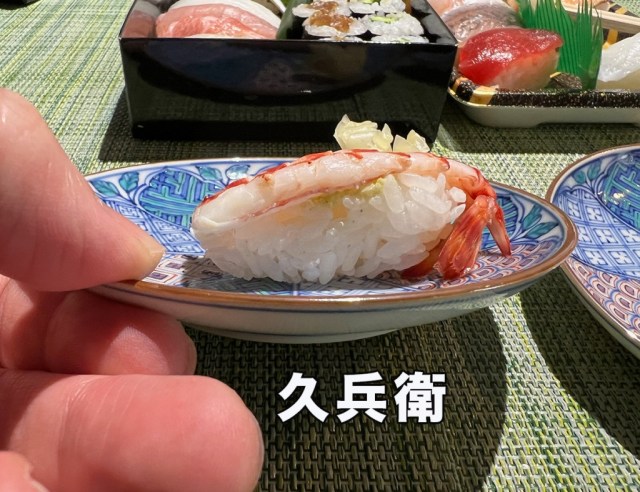
Meanwhile, Sushiro’s rice was the complete opposite. No matter how easy it was to remove the topping, the rice grains stuck resolutely together. Yuuichiro voiced that he’s been to Sushiro numerous times and has never observed this happening before or had anything in particular to complain about. Next to the other sushi, however, Sushiro’s flaws became more apparent.
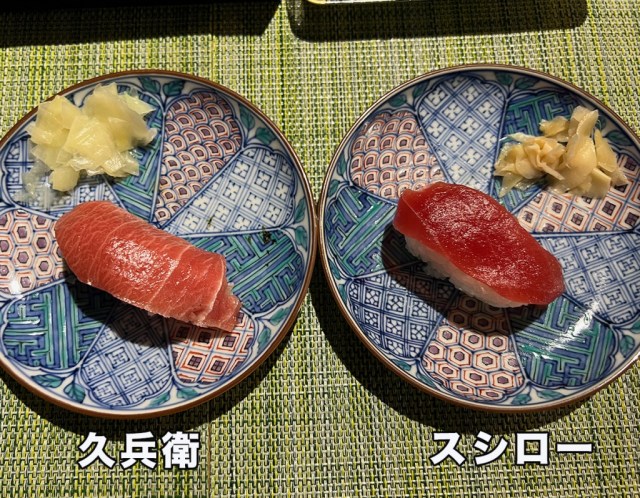
All in all, Yuuichiro succinctly summarized the two as “Japan’s sushi” versus “Overseas conveyor belt sushi.” That may not make sense to anyone who’s only had sushi outside of Japan to begin with, but it will become very clear once they try it within the country. There’s a true sense of “national borders” between the two versions of the same thing. He equated them to being like Japanese grilled meat skewers versus Brazilian churrasco.
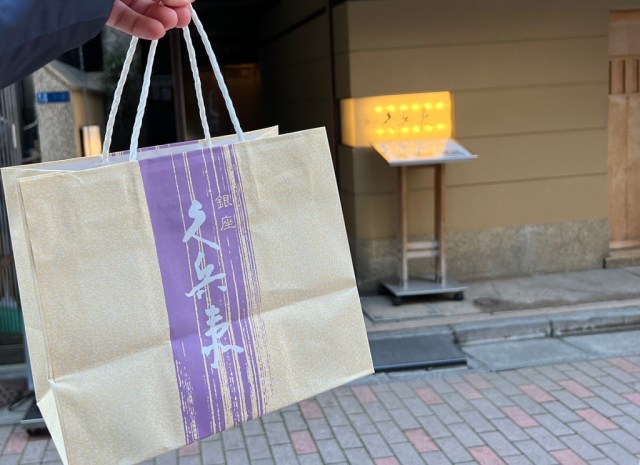
And so ended Yuuchiro’s sushi-tasting adventure. He felt like he experienced culture shock after this study session, or even like he had gone abroad. If he’s still feeling the aftereffects of this assignment, maybe we shouldn’t tell him to eat soba noodles in ramen broth for his next gastronomic challenge.
Reference: Ikyu, Sushiro
All images © SoraNews24
● Want to hear about SoraNews24’s latest articles as soon as they’re published? Follow us on Facebook and Twitter!
Credit:


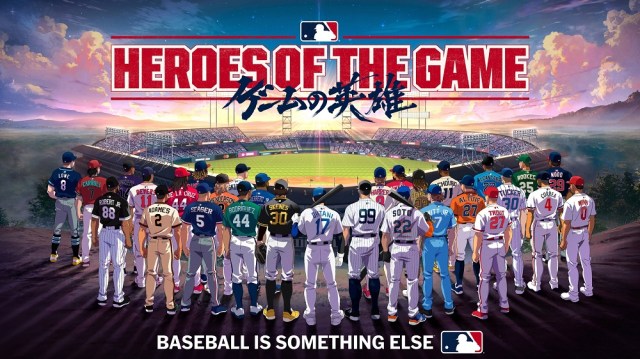

0 comments: